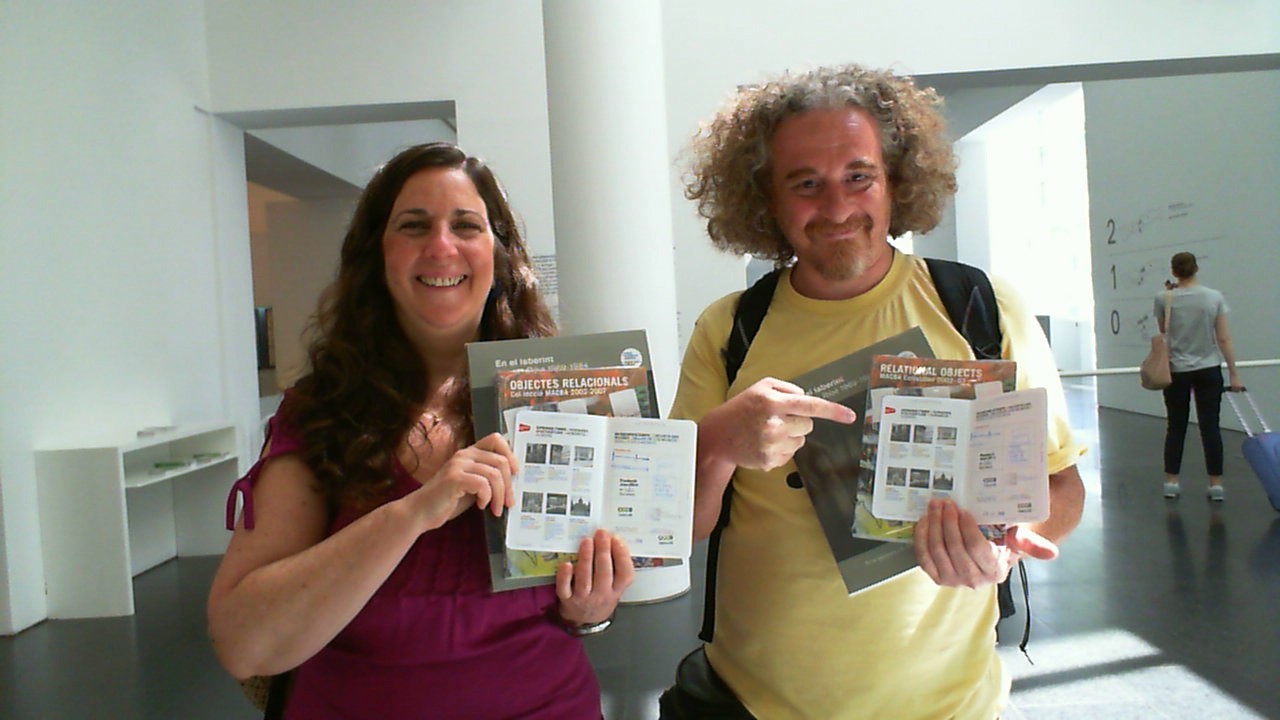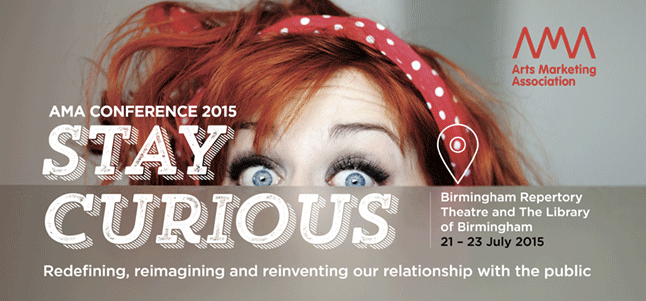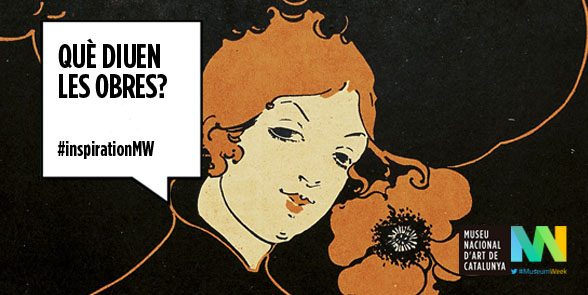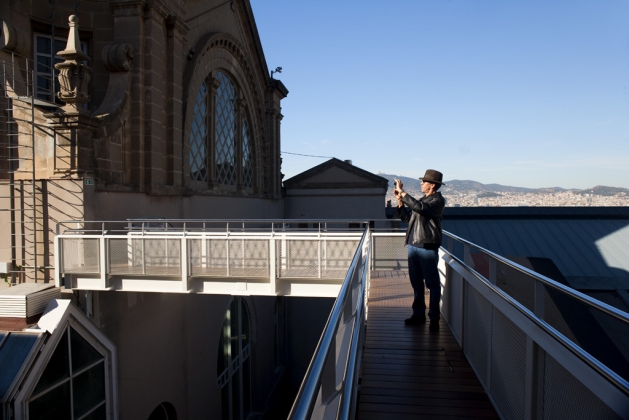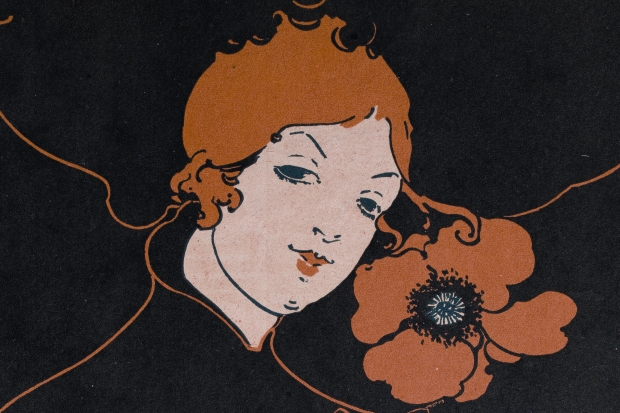
Conxa Rodà Yes and no would be the short answers to the question in the title. Not developed enough and not in the majority of the cultural centres would be a more elaborate answer to the first question. And yes, a content strategy is necessary and useful to bring the goals of the centres into…
Read more

